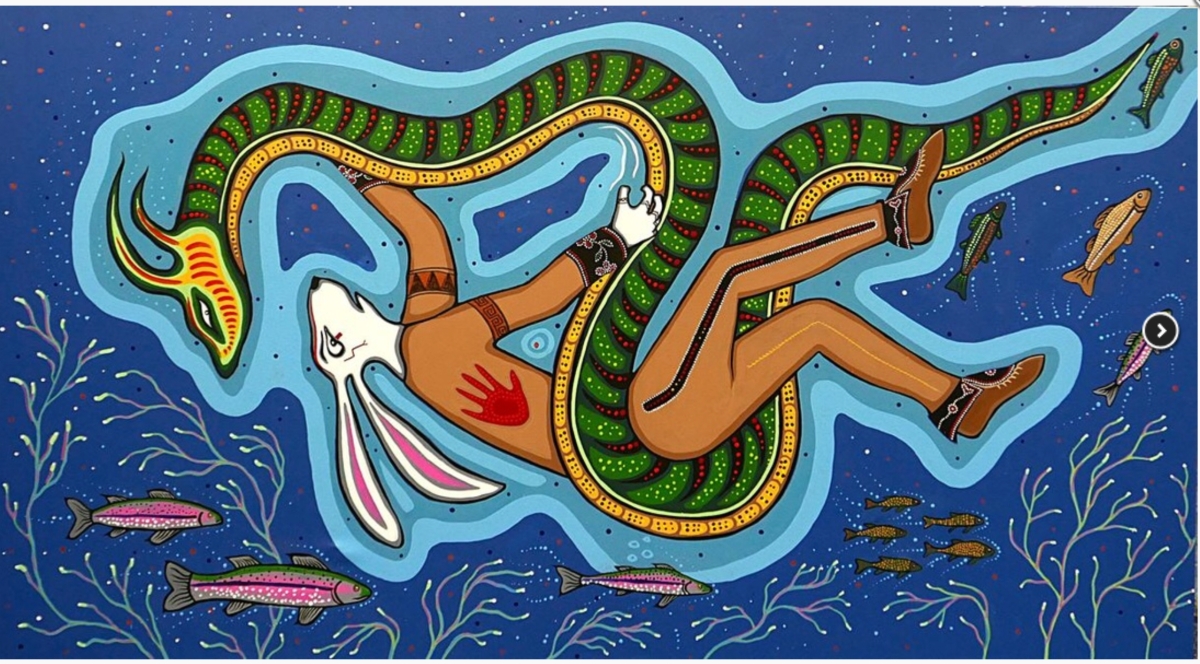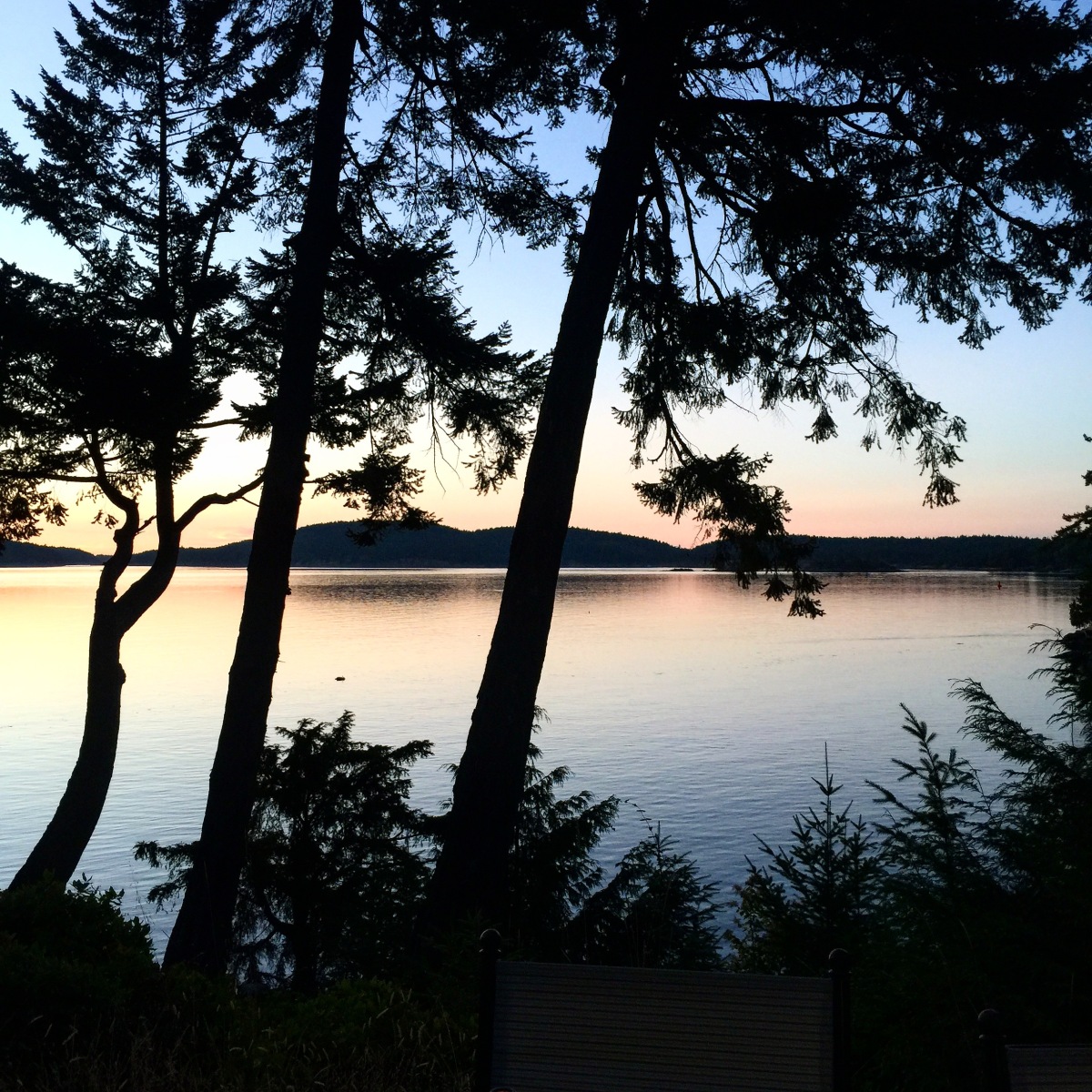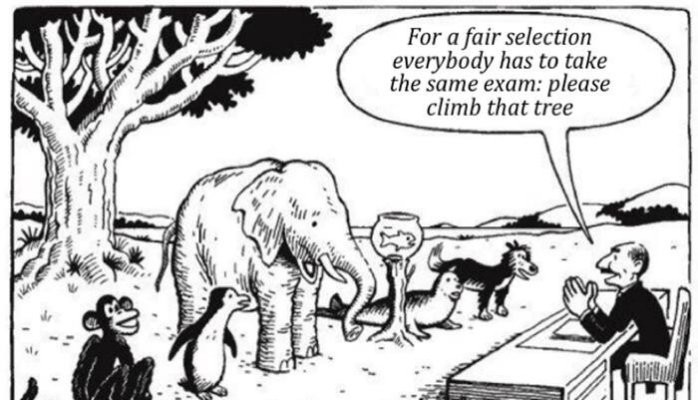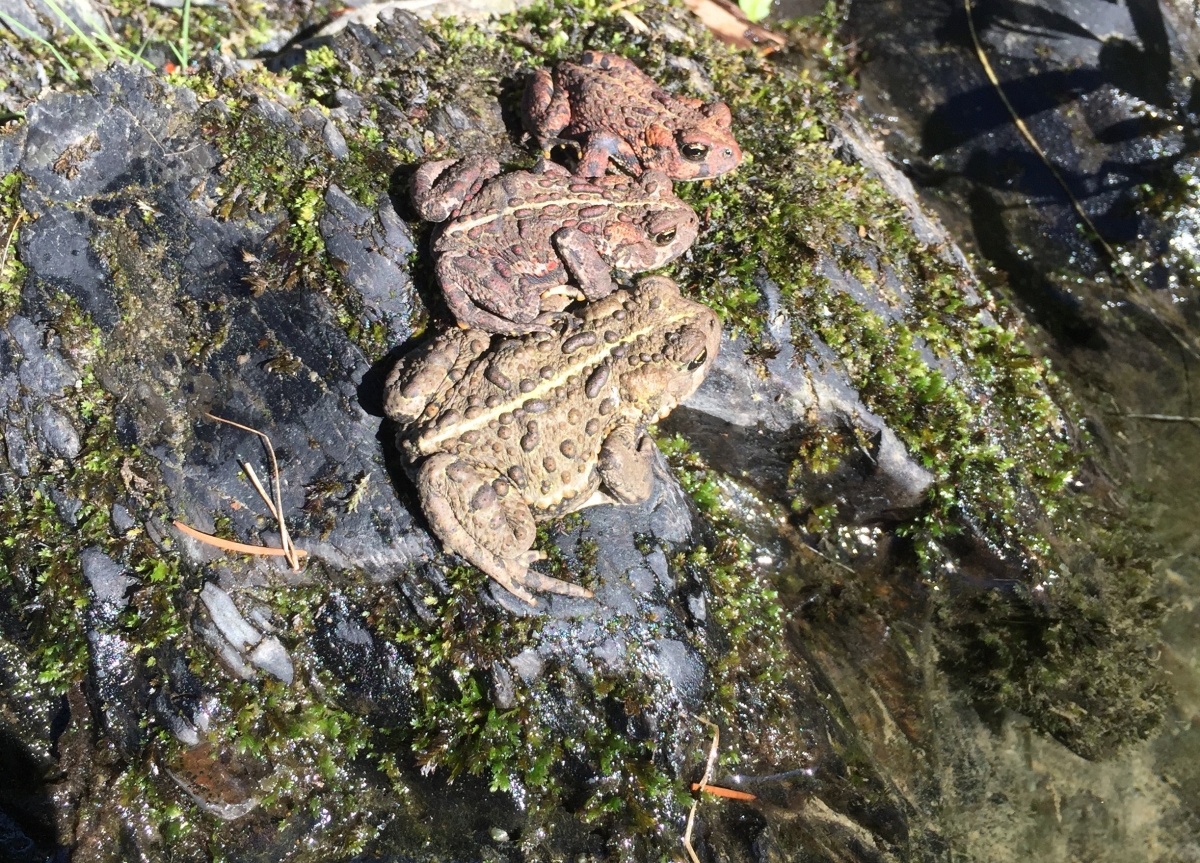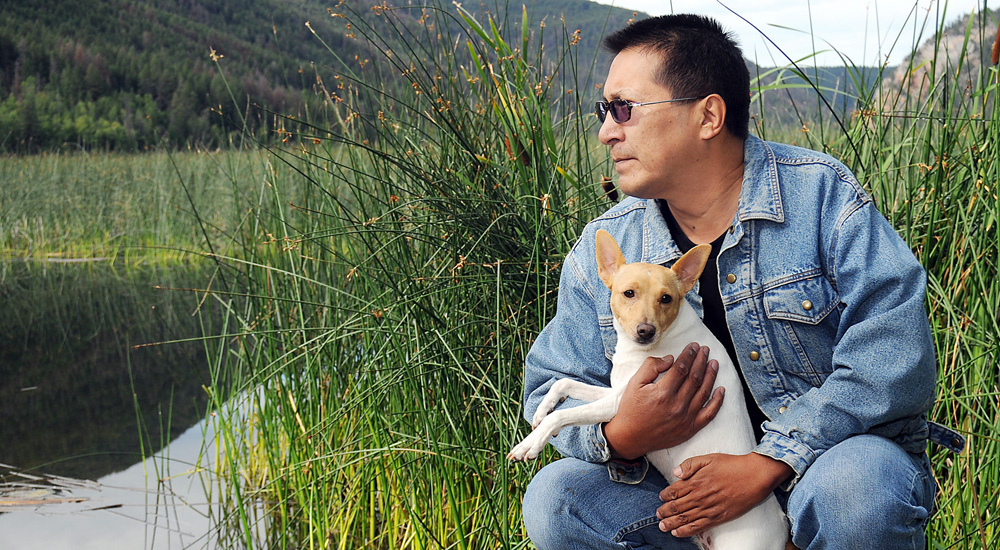The above image come from: H.O.M.E They are an amazing Aboriginal Education team, with an incredible project. Continue reading “Digital Citizenship and Indigenous Pedagogy”
Influencers of Self Lesson
At the end of lesson one, or in some cases prior to lesson one, we ask students to collect five things that are important to them. We give them the criteria as follows:
Choose five things from your life that hold value to you they can be:
- stories
- photos
- items
- people
- places
- a specific time
- scents
- a book
- a movie
- or anything else that holds significance for you for whatever reason.
We have done this lesson with up to ten items, and honestly ten items lets the student see a diversity of self five cannot achieve, however, five items gets well below the surface.
Cultural Lessons to Encourage Vulnerability
We all know that evaluating every child the same, and teaching every child the same, is not equal. As educators we have felt this in our bones since the moment we began teaching. Asking every child to show their learning, or to learn in the same way is much like the image above, unfair. However, we have much to do in this area. Not only do we have to change this paradigm in schools, with educators, principals, senior management and school boards; even with more difficultly we have to change the perception of education with our parents, and our students. We believe this is one of the most difficult challenges. However, with B.C.’s New Curriculum we now have the backing of the Ministry to articulate, demonstrate, and validate the necessary work we must accomplish to bring out each learners individual, unique abilities. So, as the research led us, we followed and began by seeking methods to have the learner explore “self”. Who are they, how do they learn, what has influenced them, as well as a myriad of other important self exploration pieces. Below we will articulate how we have begun. Though we started this project this year in three uniques places, a French Imerssion English 8 class, an 8-12 Community classroom, and a school wide initiative in a high school intended for a “Be the Change” project the entire school is involved in, the beginning phases of knowing “me” are nearly the same.
Continue reading “Cultural Lessons to Encourage Vulnerability”
Why “From Me to We”?
As an educator and a person of Indigenous Ancestry I have chosen to focus much of my professional learning on creating education that embraces each student as an individual. That strived to include and ignite all learners. In the past this meant putting up a variety of cultural artifacts and inviting students to bring their physical culture, sharing music and holiday customs, and a myriad of other pieces that while they were important, turned out to be surface culture. I didn’t understand that while students need to see their culture represented in physical form, these surface cultural pieces alone do not allow students to access their learning deeply. However, through a collision of many stories and learning our team discovered where the access point was, and from there it has become our, (and many other educators) resolution to learn and embed Culturally Responsive Teaching in our classrooms, schools, and districts.
Interview with Zaretta Hammond “Culturally Responsive Teaching and the Brain”

For the purpose of laying the story out as it spun, and explaining the power of these three circles, we start with “Me, Family, Community”. This pedagogical trio has been shown to us in a variety ways over the years. It is a deeply Indigenous concept that comes from the principle of:
- Me: Creating space time and opportunity for children to learn who they are, what makes them unique, what feeds their purpose. Allows the learner time to sit with information, to make prior connections and access their curiosity free from the influence of others.
- Family: Once the student knows their strengths they are able to work with purpose and integrity as a family member. It is here that we give them explicit tools of working with a family. The language of family, purposeful conflict, and other dynamics. (A family can be a small group, a classroom, a school or a town. The Family is reflexive, it takes on a variety of shapes just like the Community, depending on what is needed from it.
- The Community: The Village is the place the student is able to enter either as a family or alone. They bring their talents and strengths to support work that matters and has impact at system level.
Though this platform is Indigenous in origin, it is used by countless large companies and other organizations. Nothing strengthens or empowers people more than learning who they are, what they need to do well, then giving them the tools and time to build together..
All That We Are Is Story
As creatures of story our brain seeks to make meaning in everything that takes place from us, to us, and around us though the narrative.
“All that we are is story. From the moment we are born to the time we continue on our spirit journey, we are involved in the creation of the story of our time here. It is what we arrive with. It is all we leave behind. We are not the things we accumulate. We are not the things we deem important. We are story. All of us. What comes to matter then is the creation of the best possible story we can be while we’re here; you, me, us, together. When we can do that and we take the time to share those stories with each other, we get bigger inside, we see each other, we recognize our kinship – we change the world, one story at a time…”
– Richard Wagamese
